The ancient structure was carefully built out of gigantic soft stones.
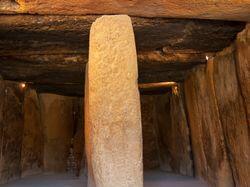

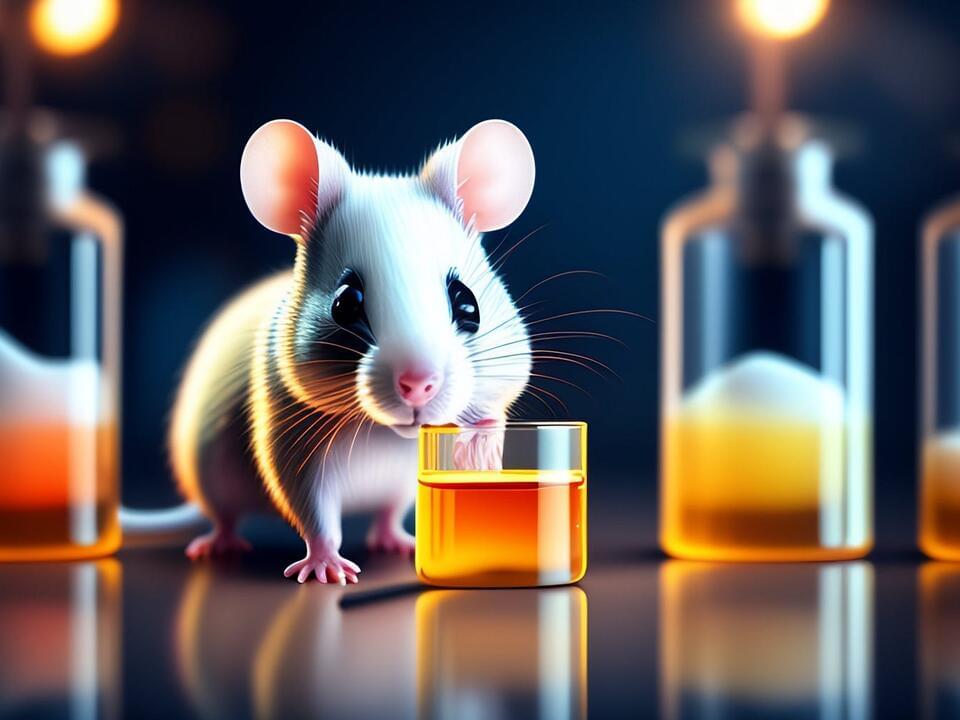
Could a fecal transplant pill be the antidepressants of the future?
Depression is real, and it is complex. Most conditions that affect our brain chemistry are going to be complex, and there are no easy, simple answers. We can’t cure depression by just exercising more, eating better, or taking a short vacation to recharge (although there is some evidence that getting more money, especially to lift you out of poverty, helps relieve depressive symptoms).
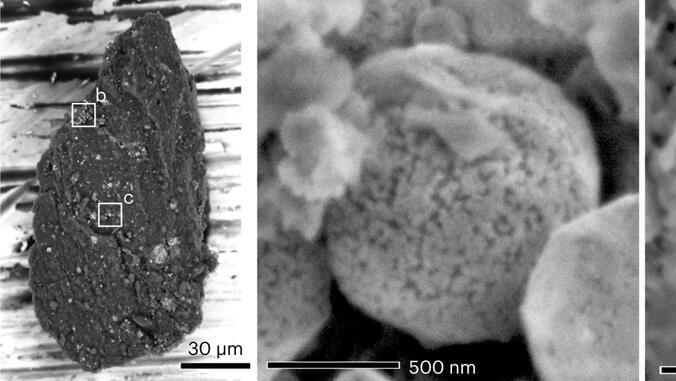
Micrometeorites, tiny space rocks, may have helped deliver nitrogen, a vital life ingredient, to Earth during our solar system’s early days. This finding was published in Nature Astronomy on November 30 by an international research team, including scientists from the University of Hawaiʻi at Mānoa and Kyoto University. They discovered that nitrogen compounds like ammonium salts are common in material from regions distant from the sun. However, how these compounds reached Earth’s orbit was unclear.
The study suggests that more nitrogen compounds were transported near Earth than previously thought. These compounds could have contributed to life on our planet. The research was based on material collected from the asteroid Ryugu by Japan’s Hayabusa2 spacecraft in 2020. Ryugu, a small sun-orbiting rocky object, is carbon-rich and has experienced considerable space weathering due to micrometeorite impacts and solar charged ions.
The scientists studied the Ryugu samples to understand the materials reaching Earth’s orbit. They used an electron microscope and found the Ryugu samples’ surface covered with tiny iron and nitrogen minerals. They theorized that micrometeorites carrying ammonia compounds collided with Ryugu. This collision sparked chemical reactions on magnetite, resulting in iron nitride formation.
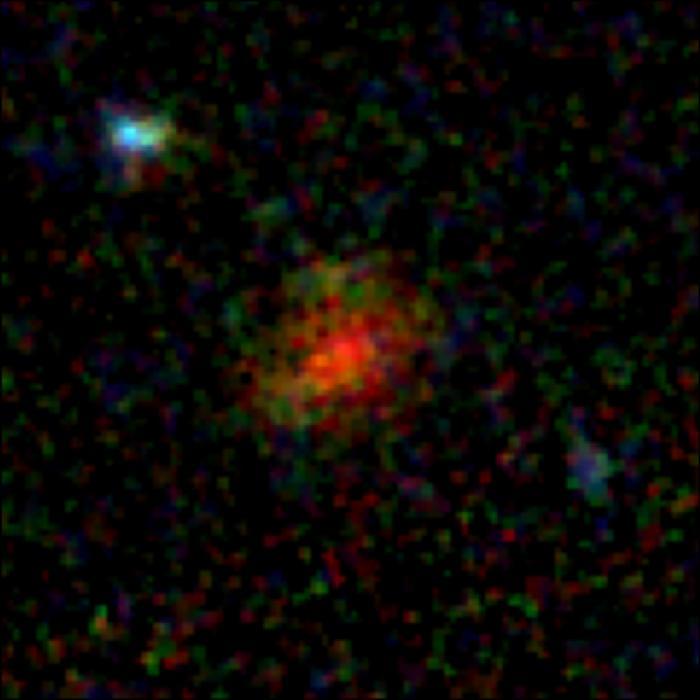
Dr. McKinney noted, “With JWST, we can study for the first time the optical and infrared properties of this heavily dust-obscured, hidden population of galaxies because it’s so sensitive that not only can it stare back into the farthest reaches of the universe, but it can also pierce the thickest of dusty veils.”
Did galaxies produce stars in the early universe? This is what a recent study published in The Astrophysical Journal hopes to unveil as a team of international researchers analyze data from NASA’s James Webb Space Telescope (JWST) about a star-forming galaxy called AzTECC71 that existed approximately 900 million years after the Big Bang. What makes this discovery unique is that AzTECC71 is hidden behind a fair amount of dust which initially fooled astronomers to hypothesize that it’s not very big. How astronomers now hypothesize that AzTECC71 was producing a plethora of new stars despite its young age, which challenges previous notions of the formation and evolution of galaxies so soon after the Big Bang.
Color composite image of the galaxy, AzTECC71, which astronomers estimate existed approximately 900 million years after the Big Bang. This image was made using multiple color filters as part of the James Webb Space Telescope’s NIRCam instrument. (Credit: J. McKinney/M. Franco/C. Casey/University of Texas at Austin)
“This thing is a real monster,” said Dr. Jed McKinney, who is a postdoctoral researcher at The University of Texas at Austin and lead author of the study. “Even though it looks like a little blob, it’s actually forming hundreds of new stars every year. And the fact that even something that extreme is barely visible in the most sensitive imaging from our newest telescope is so exciting to me. It’s potentially telling us there’s a whole population of galaxies that have been hiding from us.”
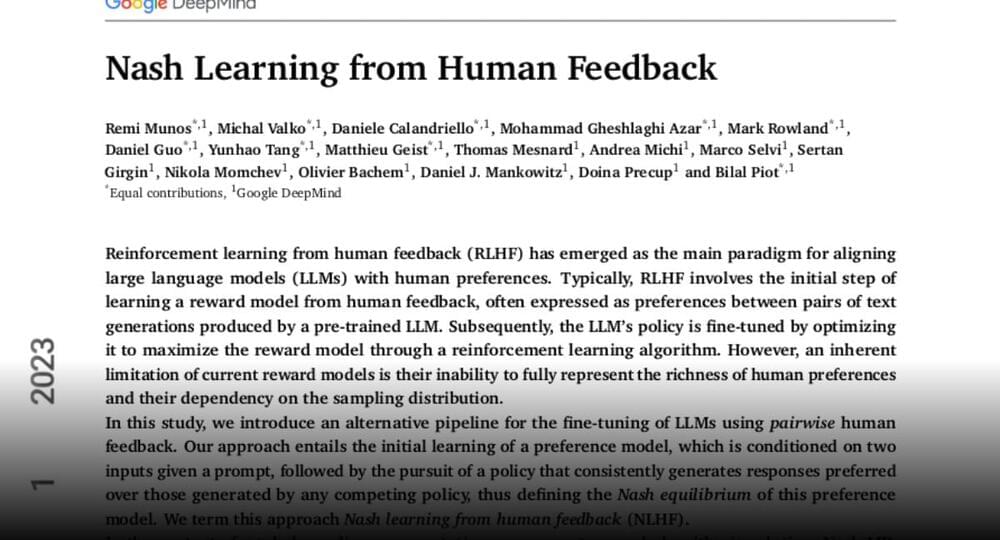
Recent advances allow imaging of neurons inside freely moving animals. However, to decode circuit activity, these imaged neurons must be computationally identified and tracked. This becomes particularly challenging when the brain itself moves and deforms inside an organism’s flexible body, e.g., in a worm. Until now, the scientific community has lacked the tools to address the problem.
Now, a team of scientists from EPFL and Harvard have developed a pioneering AI method to track neurons inside moving and deforming animals. The study, now published in Nature Methods, was led by Sahand Jamal Rahi at EPFL’s School of Basic Sciences.
The new method is based on a convolutional neural network (CNN), which is a type of AI that has been trained to recognize and understand patterns in images. This involves a process called “convolution,” which looks at small parts of the picture—like edges, colors, or shapes—at a time and then combines all that information together to make sense of it and to identify objects or patterns.

Tesla is launching the newest version of its App with a new software update, labeled version 4.27.5. A variety of new features are set to roll out, including Phone Key improvements, Waypoints Support, and Supercharger Photos, so drivers know what to expect from their next charging visit.
Tesla’s 4.27.5 App Update will be released on December 5 and features a few new features after 4.27.3 rolled out last week, which featured the first looks at Cybertruck Support after the delivery event last week.
The three features that will be introduced through 4.27.5 are Waypoints Navigation Support, Supercharger Photos, and Phone Key Improvements.


Chains of fused carbon-containing rings have unique optoelectronic properties that make them useful as semiconductors. These chains, known as acenes, can also be tuned to emit different colors of light, which makes them good candidates for use in organic light-emitting diodes.
The color of light emitted by an acene is determined by its length, but as the molecules become longer, they also become less stable, which has hindered their widespread use in light-emitting applications.
MIT chemists have now come up with a way to make these molecules more stable, allowing them to synthesize acenes of varying lengths. Using their new approach, they were able to build molecules that emit red, orange, yellow, green, or blue light, which could make acenes easier to deploy in a variety of applications.
